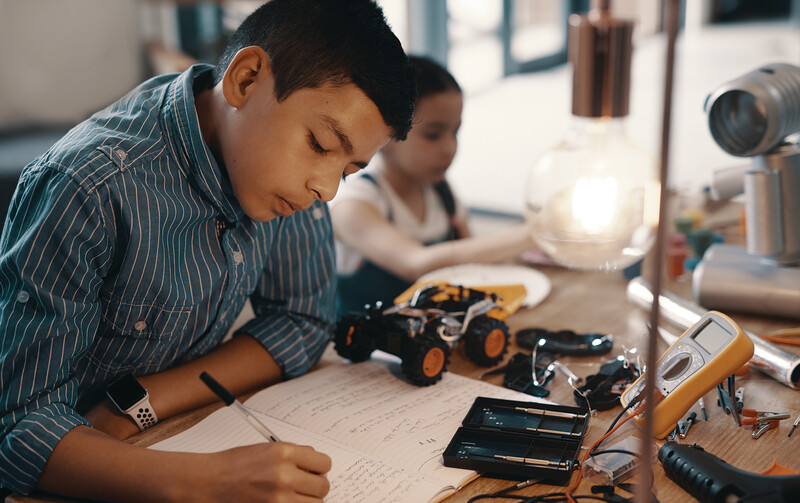All educators would love for their students to experience deeper learning in the classroom, yet many school districts struggle to make that change happen consistently and widely. A new study looks closely at the success of three networks of schools in creating deep learning opportunities for students and replicating these models in dozens of schools.
Creating opportunities for deeper learning—defined in the study as helping students learn to think critically, collaborate, and communicate within and across disciplines, while they "learn how to learn" as well as to develop certain mindsets—is not easy: For schools and districts to truly implement this type of learning, their structure and organization must inherently change. Education leaders must reimagine scheduling, student and teacher support, and organizational structure.
Yet researchers found that the three school networks they studied—Big Picture Learning, Internationals Network for Public Schools, and Big Tech Networks—have been able to create deeper learning opportunities and improve equity by using strategies like internships; projects with authentic, real-world outcomes; and personalized learning around student interests.
The study, conducted by Learning Policy Institute, finds that certain systemwide changes must happen for deeper learning to really take place. School districts and other networks of K–12 schools must ensure that teachers have consistent and ongoing training and support; that leaders understand and can sustain the model; that the school itself changes to accommodate the structure; and that the community is an active partner in the school's success.
Recommendations for how districts and states can replicate these structures for growth and scale are also provided, with strategies such as creating a leadership pipeline, providing in-service development and coaches, and drafting robust deeper learning vision statements to serve as guidelines. Though it's not easy, it's possible to transform schools into student-centered places of learning.








